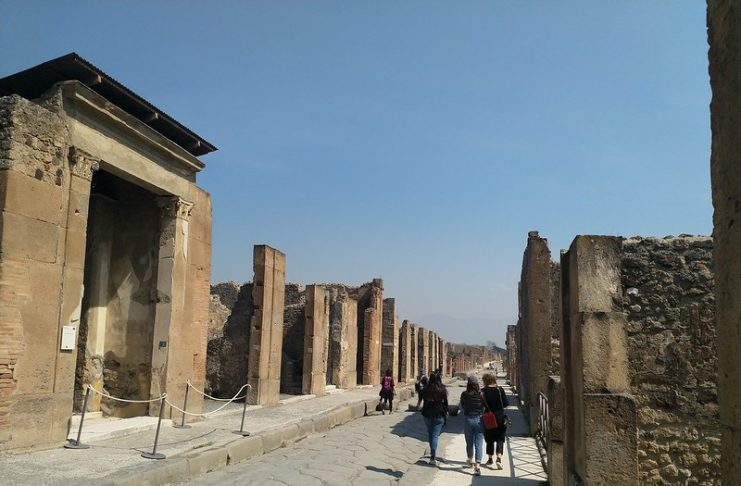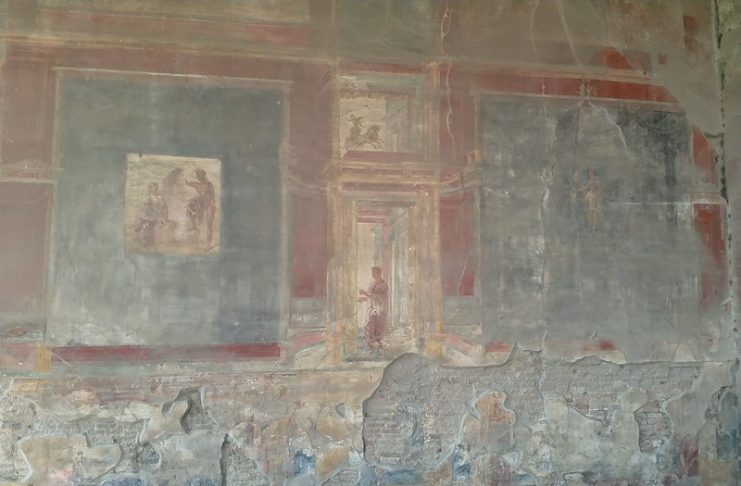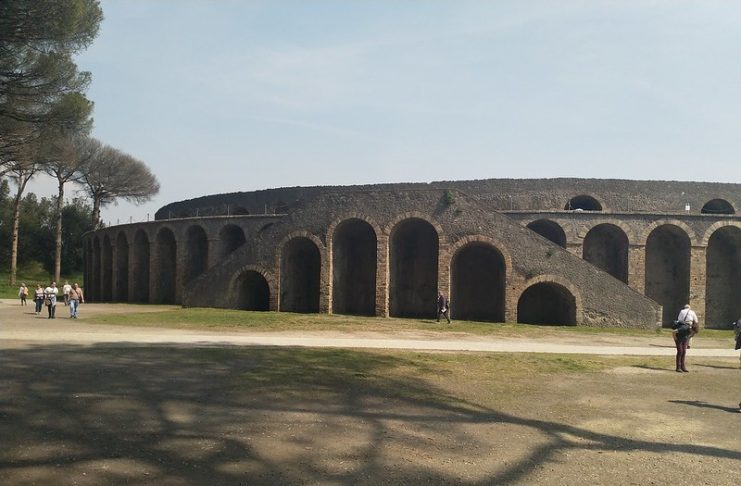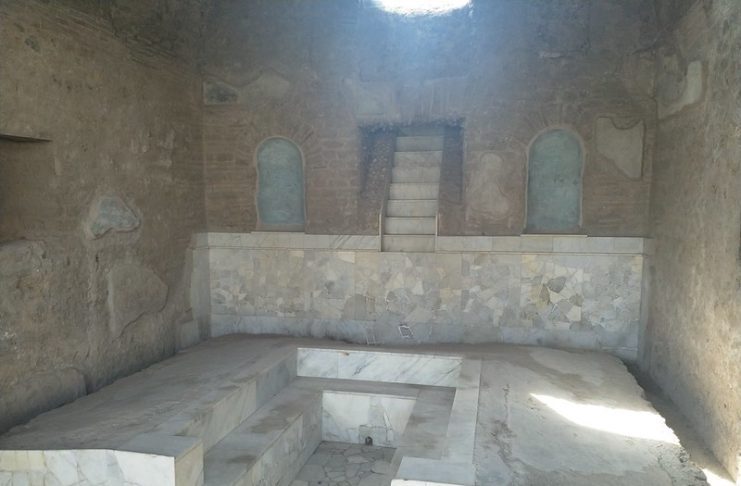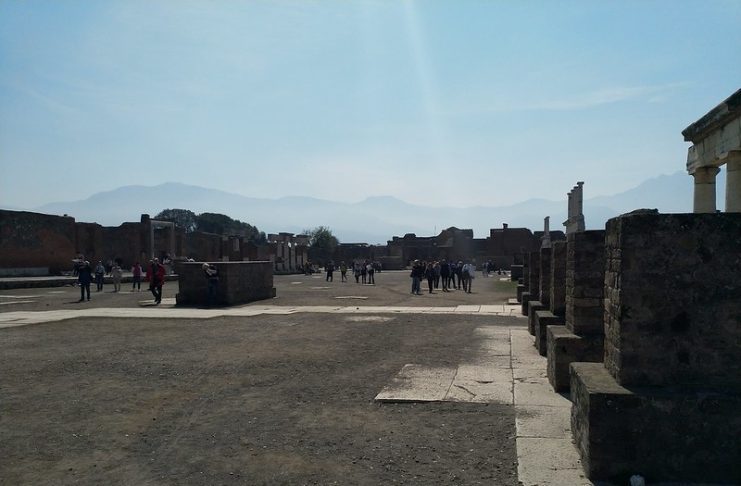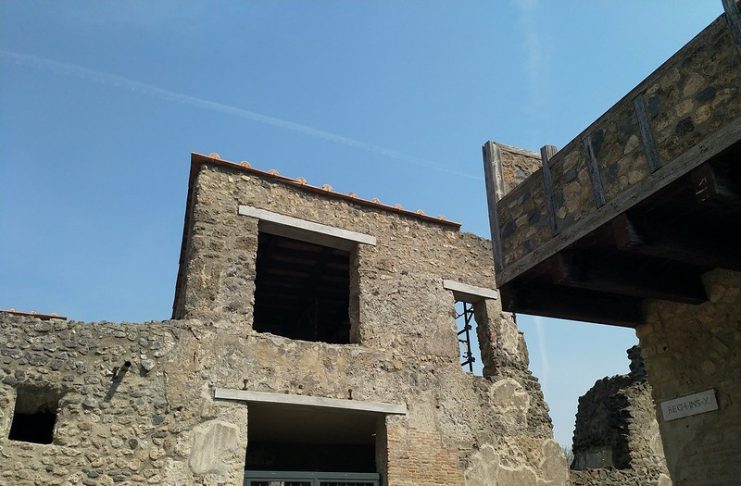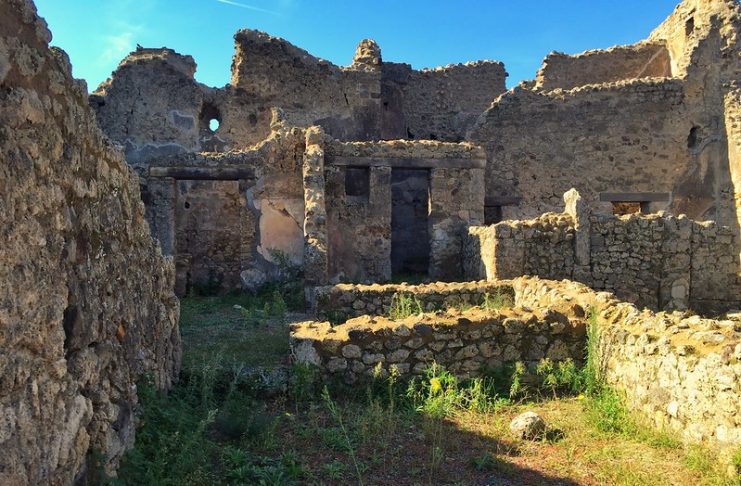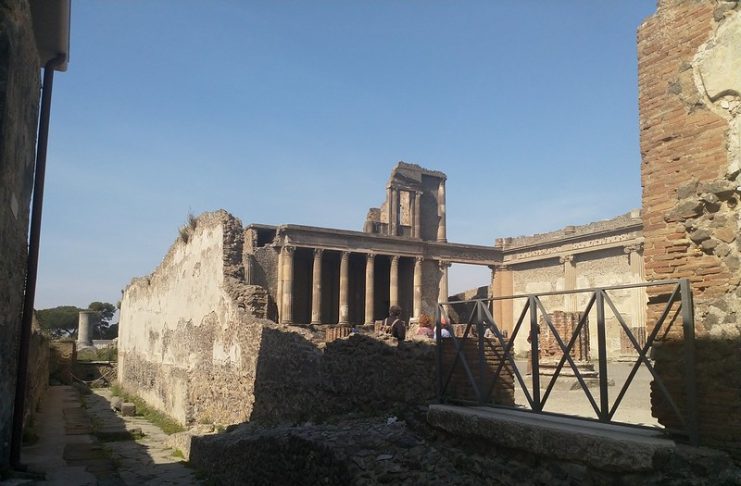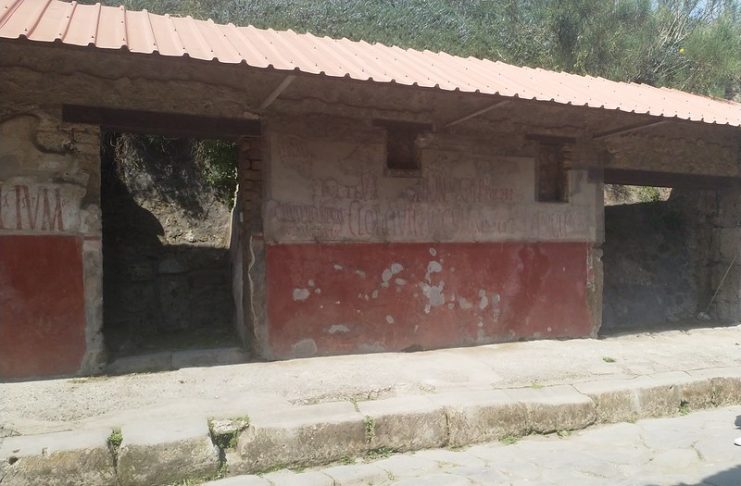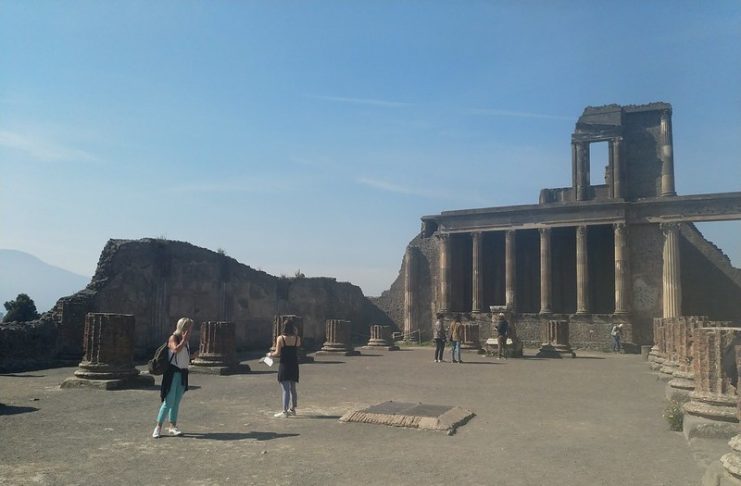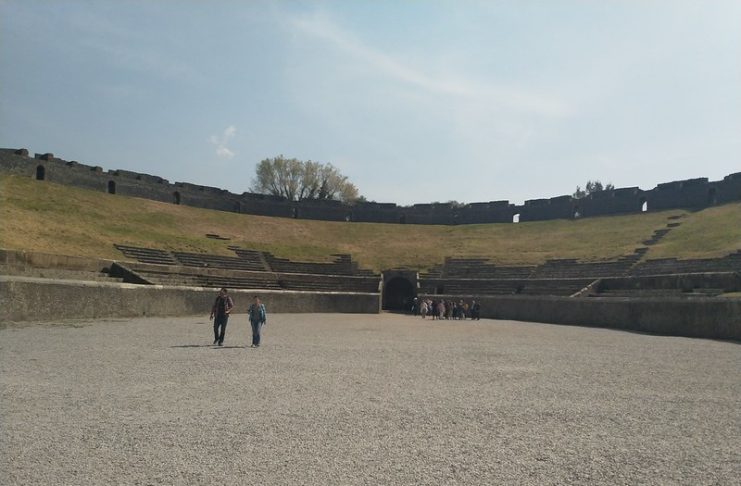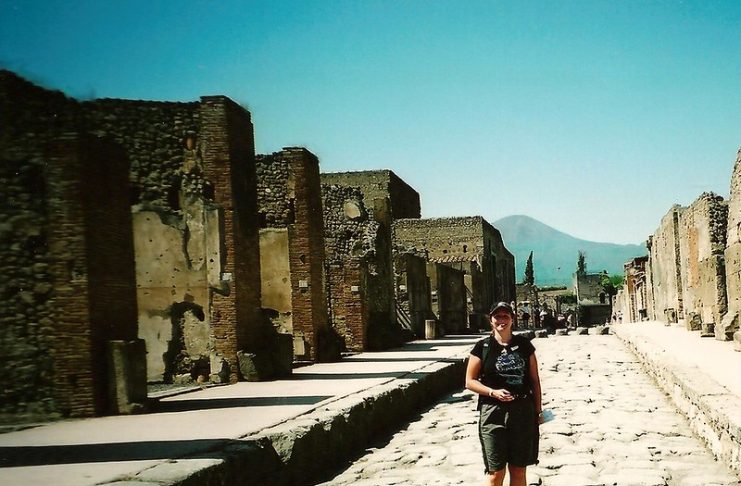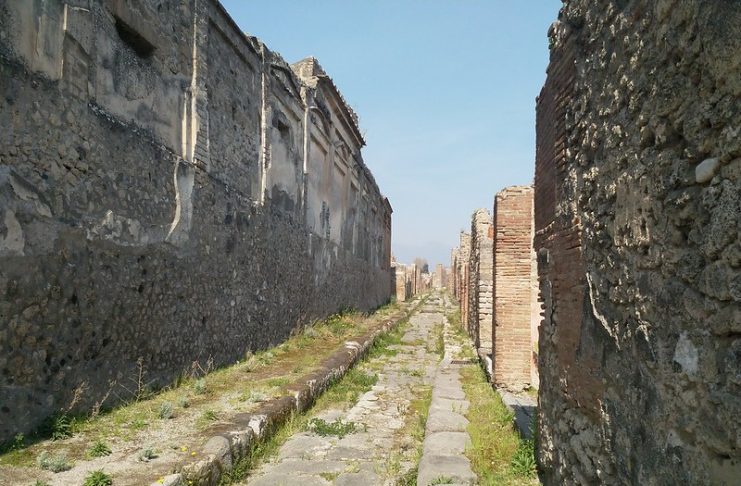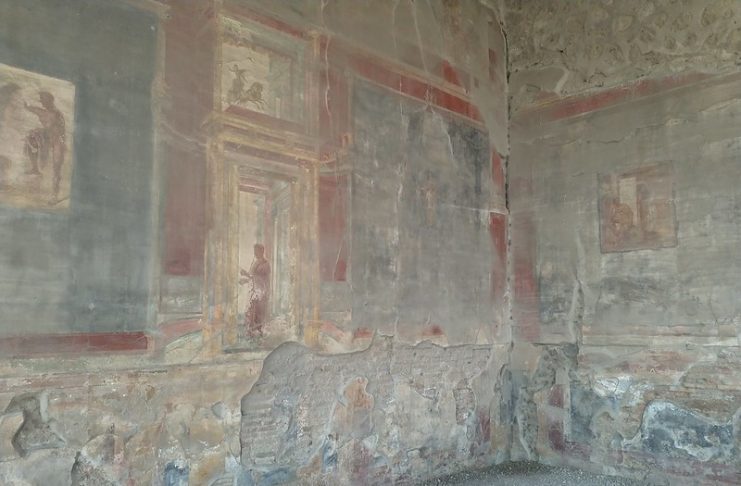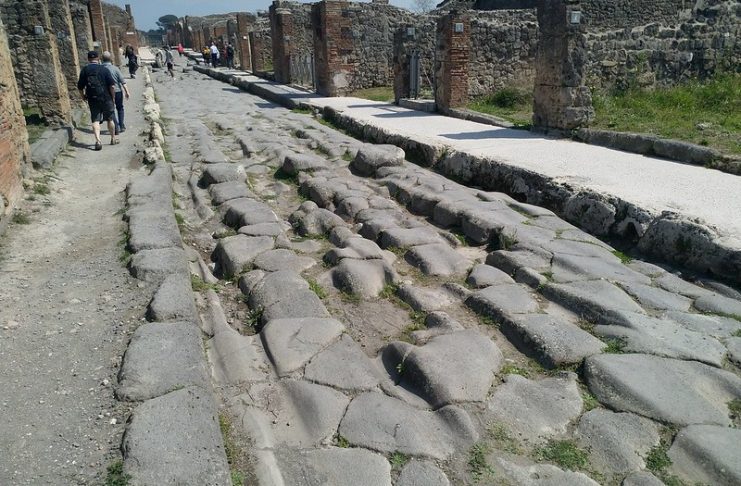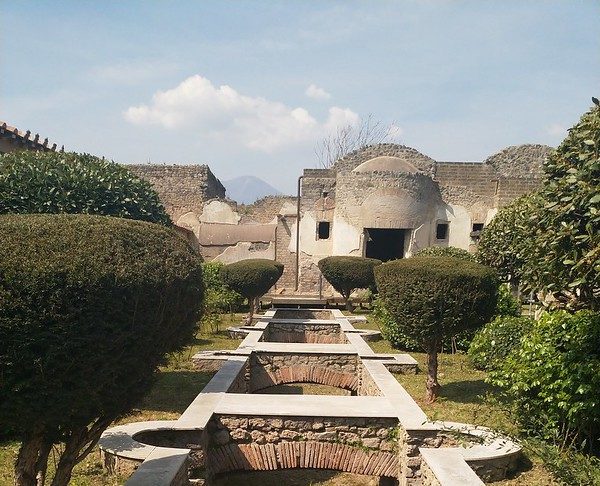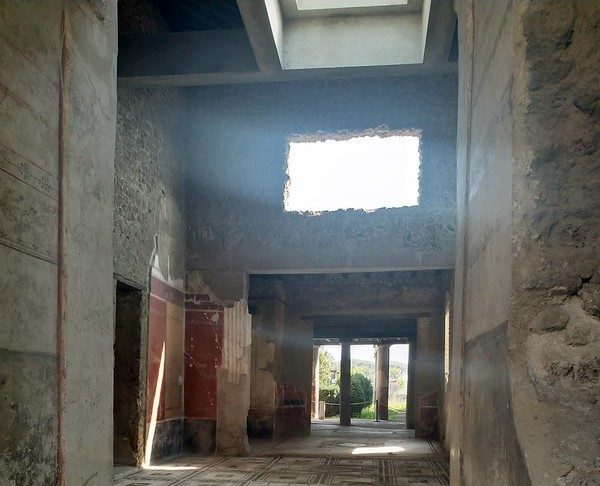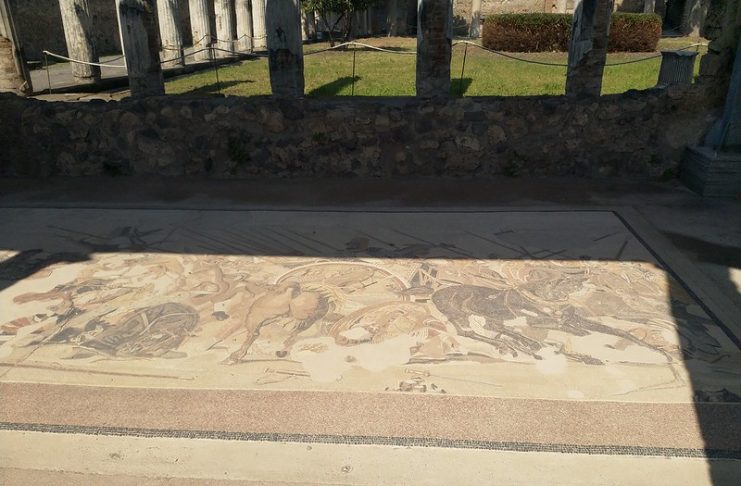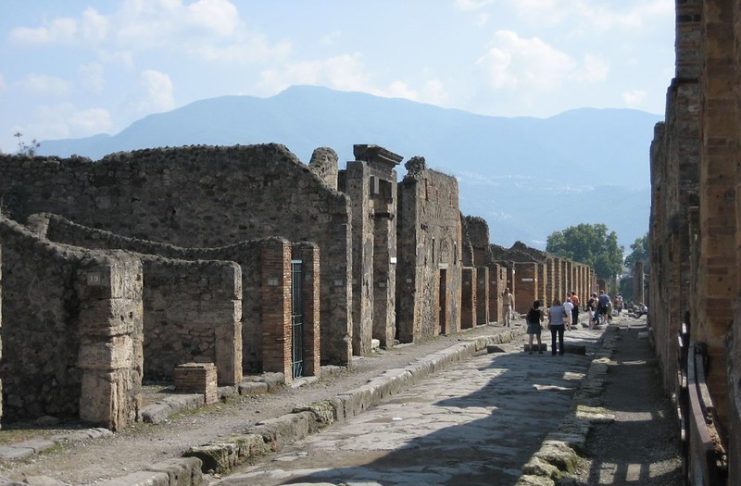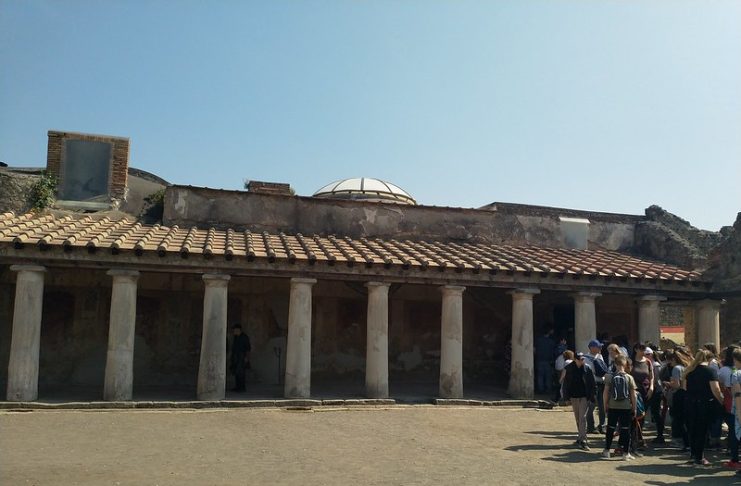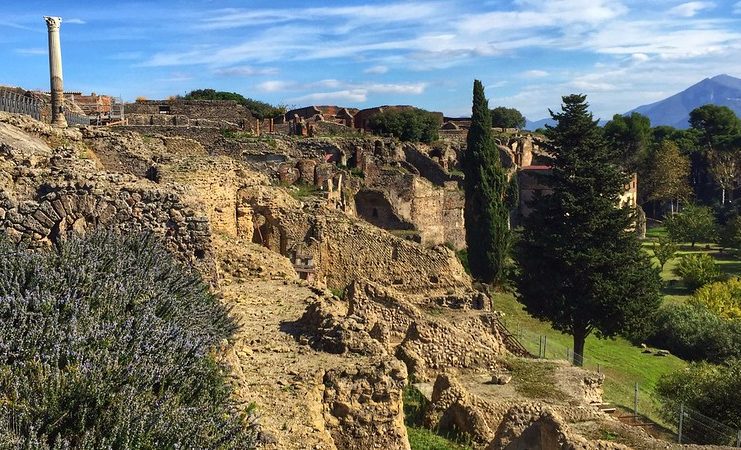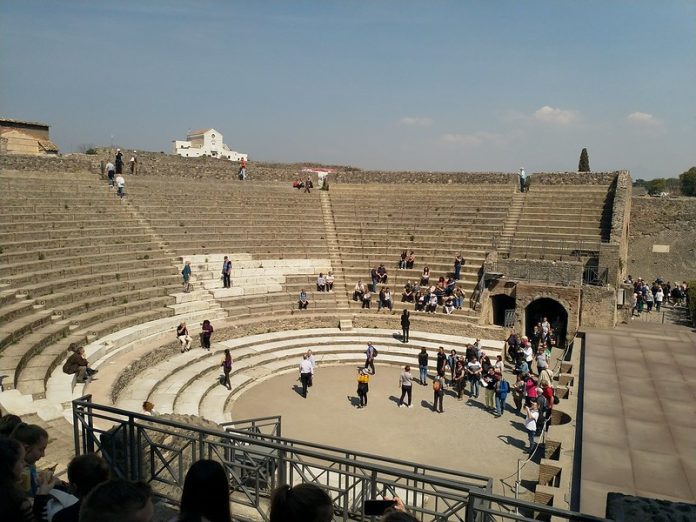
Step Back in Time: Marveling at the Ruins of Pompeii, A Window into Ancient Rome’s Past
The ruins of Pompeii tell a timeless story, one that has been hidden beneath the dust and soil for centuries. Like an unearthed time capsule, its remains have revealed secrets from past lifetimes – tales of tragedy and triumph that echo through the ages. As we uncover this ancient history, it feels as if we’re unlocking doors to a forgotten world, exploring pathways to freedom, both physical and mental.
Pompeii’s remains are a captivating window into yesteryear. Its buried treasures offer us insight into life in Ancient Rome – what people ate, how they lived, who their gods were – all preserved for eternity by an eruption of Vesuvius that cast its deadly shadow over the city two thousand years ago. From humble dwellings to grand monuments, these unearthed artifacts provide clues about everyday culture on the Italian peninsula during Roman times.
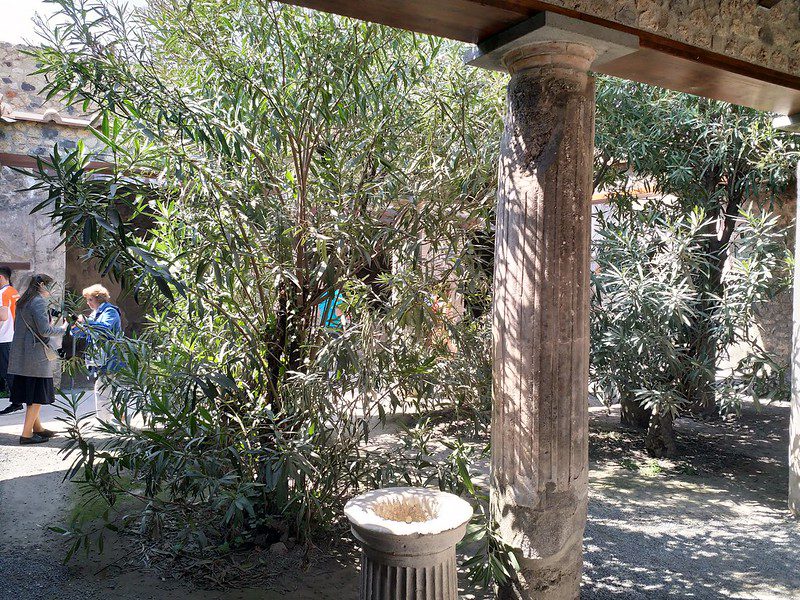
From frescoes painted onto walls to scrolls engraved upon stone, Pompeii’s relics show us how much can remain unchanged while so much else is transformed around it. Uncovering these vestiges of antiquity helps us connect with our roots and appreciate our shared humanity across place and time: no matter where or when we live, each person seeks joy and happiness in their own way. This desire for freedom resonates most deeply within Pompeii’s enduring legacy.
Where Is Pompeii and Mt Vesuvius?
Ancient Roman City
Pompeii was an ancient Roman city located near modern-day Naples, Italy. It was a bustling urban center that experienced rapid development in the days leading up to its destruction by Mount Vesuvius’ eruption in 79 AD. The remains of this once vibrant city have been unearthed and studied for centuries, providing us with insight into the daily lives of Ancient Romans.
The ruins of Pompeii remain almost perfectly preserved below layers of ash and lava from the volcano’s catastrophic blast. Many buildings still stand today as they did two thousand years ago, allowing us to explore their architectural features, inscriptions, mosaics, and frescoes – all of which tell stories about life in Pompeii before it disappeared beneath volcanic debris. Through these timeless remains, we are able to connect with the past, uncovering secrets that would otherwise be lost forever.
10 Interesting Facts About Pompeii and Vesuvius
- Pompeii was an ancient Roman city that was destroyed and buried by the eruption of Mount Vesuvius in AD 79.
- The eruption of Vesuvius was one of the deadliest volcanic eruptions in history, killing an estimated 16,000 people.
- The city of Pompeii was rediscovered in the 18th century and is now a UNESCO World Heritage Site.
- The eruption of Vesuvius was so powerful that it ejected ash and pumice up to 20 miles (32 km) into the atmosphere.
- The ash and pumice that buried Pompeii and other nearby towns preserved them almost perfectly, allowing us to see what life was like in ancient Rome.
- Pompeii was a thriving city with a population of around 11,000 people at the time of the eruption.
- The ruins of Pompeii cover an area of about 170 acres (69 hectares) and include homes, temples, bathhouses, and even a brothel.
- Mount Vesuvius is still an active volcano and is closely monitored by volcanologists.
- The last major eruption of Vesuvius occurred in 1944 and caused extensive damage to nearby towns.
- Pompeii and Vesuvius attract millions of visitors every year and are among the most popular tourist destinations in Italy.
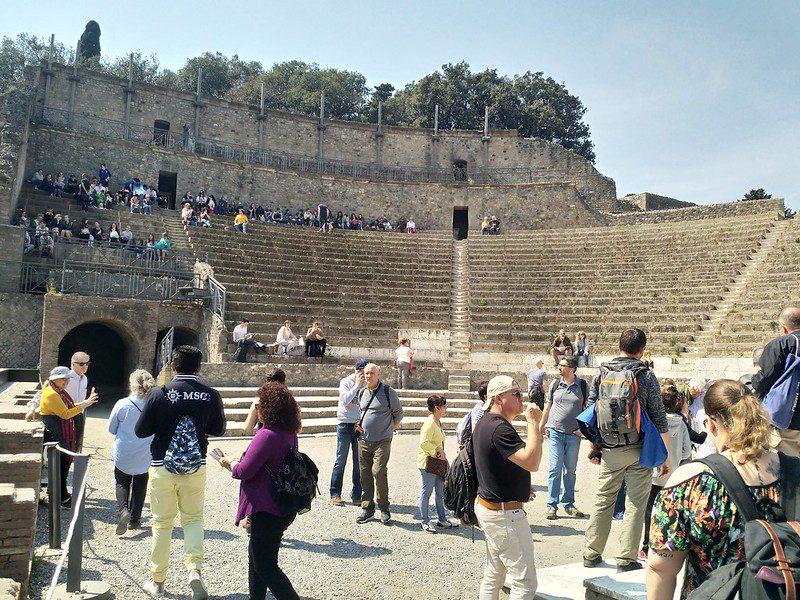
A Historical Timeline Of Events For Pompeii
- 8th century BCE: Pompeii establishes itself as a prosperous city.
- 310 BCE: A Roman fleet lands at the Sarnus port of Pompeii and unsuccessfully attacks the neighboring city of Nuceria during the Second Samnite War.
- 59 CE: A riot in the arena of Pompeii between locals and citizens of Nuceria results in a ten-year ban on gladiator games in Pompeii.
- 5 February 62 CE: A violent earthquake damages Pompeii, Herculaneum, and other towns in Campania.
- 64 CE: Emperor Nero visits Pompeii.
- 24 August 79 CE: Mount Vesuvius erupts and buries Pompeii and its neighboring cities under ash and pumice, preserving them almost perfectly.
- 1592: The first known date that any part of Pompeii was unearthed, when architect Domenico Fontana discovers ancient walls covered with paintings and inscriptions while digging an underground aqueduct to the mills of Torre Annunziata.
Pompeii’s history spans centuries, from its establishment as a prosperous city to its eventual destruction and rediscovery. The events leading up to the eruption of Mount Vesuvius and the preservation of the city under ash and pumice have made Pompeii a significant archaeological site that continues to captivate people’s imaginations to this day.
Volcanic Eruption Of Vesuvius
Coincidentally, the same city that was once renowned for its beauty and grandeur soon faced destruction. In 79 A.D., a volcanic eruption from nearby Mount Vesuvius engulfed Pompeii in a cloud of ash and gas. The intensity of the event was such that it caused complete destruction of the ancient Roman city within hours. All life forms were eliminated; streets were filled with thick layers of debris, while buildings were reduced to mere rubble.
This disaster has been an invaluable source of information about Ancient Rome; historians have studied the remains in order to uncover secrets about this historical period.
Excavations at Pompeii revealed artifacts showing evidence of everyday life and how people lived during those times: frescoes, mosaics, and jewelry are some examples. Other findings included casts made by pouring plaster into voids left by bodies that had been buried under ash deposits during the eruption – these provide unique insight into what happened on that fateful day when Vesuvius erupted.
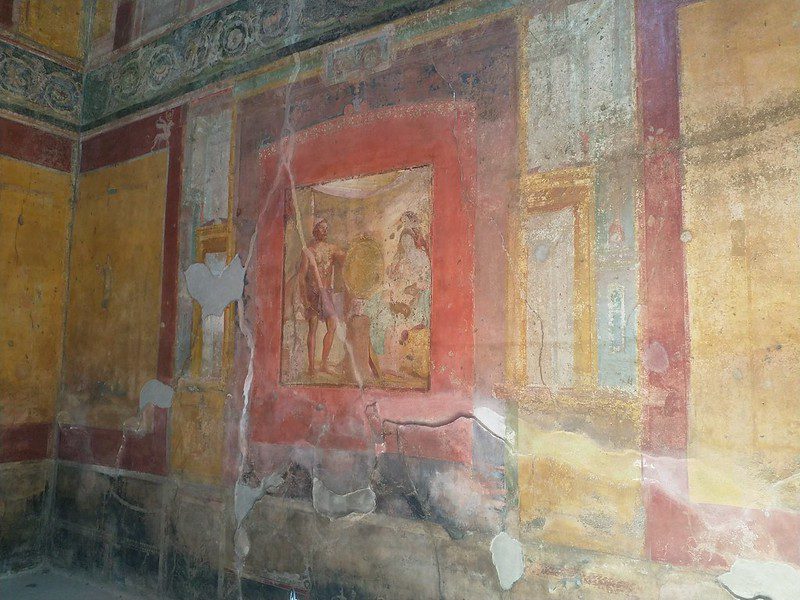
The tragedy of Pompeii serves as a reminder of just how powerful nature can be and has forever changed our understanding of history. Through intensive research, we have gained new knowledge about daily life in Ancient Rome, providing us with vital clues about their culture and society, which would otherwise have remained unknown.
Preservation Of Pompeii
Pompeii’s remains have been preserved for thousands of years, and archaeologists continue to use a variety of techniques in order to preserve the site. Pompeii preservation is an important part of preserving our cultural heritage, as it provides insight into what life was like during this period. Preservation techniques range from simple maintenance and cleaning processes to complex archaeological conservation methods.
In terms of practical application, one way to preserve Pompeii is by controlling access to the site. This helps protect it from vandalism, theft, or other types of damage that can be caused by visitors who don’t understand its historical significance.
Additionally, regular inspections should be conducted in order to check for any potential structural problems and make sure that all artifacts are kept in good condition. Finally, maintaining proper drainage systems and keeping water away from the ruins will help ensure their longevity over time.
Preserving Pompeii is essential for future generations to appreciate this unique piece of history and understand how people lived back then. It also serves as a reminder that although human civilizations may come and go, our culture still lives on through these ancient sites.

Culture And Society In Pompeii
Having explored the wondrous preservation of Pompeii, it is now time to uncover the culture and society that existed within these walls. Rome’s influence was paramount in dictating the lifestyle of ancient Pompeii, from its food choices, religious beliefs, language spoken, and much more. Exploring this societal structure reveals a wealth of information about life before the fateful eruption.
The culture of Pompeii can be divided into three distinct categories: social class status, religious practices, and economic activities. To start off with social class status, it has been determined that there were two main groups – upper-class citizens and lower-class citizens.
The upper class had access to better education opportunities as well as political power, which allowed them greater privileges than their counterparts. Religion played an important role in everyday life for all inhabitants of Pompeii, with most people worshipping Roman gods such as Jupiter or Venus. Lastly, economically speaking, many people worked in agriculture or trade professions, while others owned shops where they sold goods like pottery and jewelry.
To summarize some key facts regarding the culture and society of Pompeii:
- Upper-Class Citizens possessed more privilege than Lower-Class Citizens
- Religious practices revolved around worshiping Roman Gods such as Jupiter & Venus
- Economic activity included working in Agriculture or Trade Professions or owning Shops
An understanding of cultural values provides insight into how individuals lived within this city before its destruction by Mount Vesuvius’ devastating eruption on August 24th 79 A.D.. This knowledge allows us to gain perspective on daily lives prior to the tragedy – providing a window into history that will remain timeless despite the calamity suffered by those who once inhabited it.
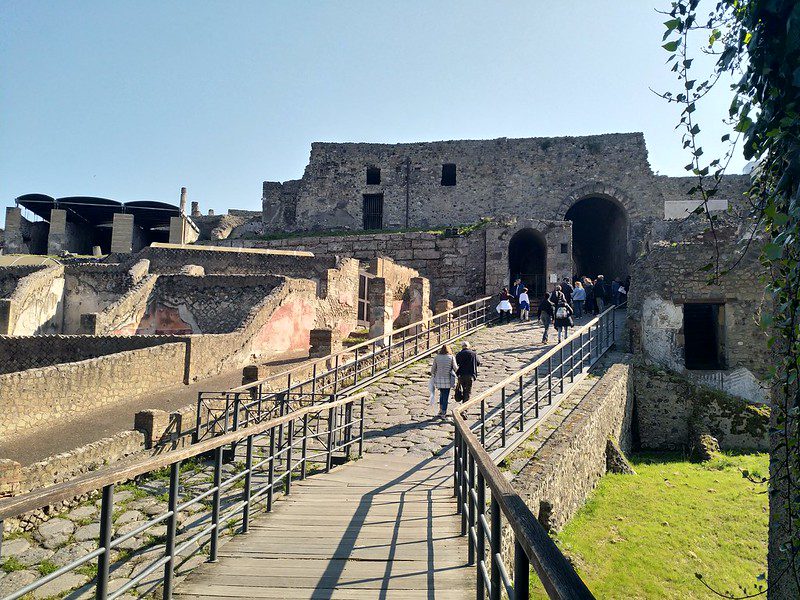
Architecture And Artifacts
The architecture and artifacts of Pompeii tell an amazing story about the past. Preserved by the ashes of Mount Vesuvius, these ancient structures have revealed a treasure trove of frescoes and other artifacts that provide insight into everyday life in Roman times.
| Artifacts | Frescoes | Structures |
|---|---|---|
| Statues | Murals | Aqueducts |
| Vases | Portraits | Temples |
| Coins | Landscapes | Amphitheaters |
It is remarkable to think of how so much has been preserved for us today through these ruins. Many sculptures, vases, coins, furniture pieces, and other artifacts have been unearthed from the rubble, providing a vivid picture of what society was like during Ancient Rome.
Furthermore, many frescoes painted on walls still remain intact, depicting landscapes, portraits, and murals, which add further detail to our understanding of this time period. Through archaeological excavations, we can also uncover vast networks of aqueducts, temples, and amphitheaters built with great engineering skills at the time. In short, Pompeii’s timeless remains give us a window into a distant era, where history comes alive before our eyes even today.
Significant Discoveries
The excavation of Pompeii’s ruins has yielded some remarkable discoveries that have captivated the imaginations of archaeologists and historians alike. From revealing important insights into Roman life to uncovering unusual finds, there is no end to these ancient artifacts’ intrigue.
These significant discoveries include rare artifacts such as jewelry, coins, pottery, furniture, and tools. Each item presents a unique glimpse into a lost civilization, providing valuable insight into their everyday lives. Intriguing artifacts like mummies preserved in ash or casts of bodies frozen in time tell poignant stories of unfortunate victims caught up in an unexpected tragedy.
In addition to physical objects, excavations also uncovered evidence for new theories about the destruction of Pompeii. Archaeologists now understand more precisely how cities were destroyed by natural disasters and what caused them to be abandoned. This knowledge helps us better prepare for future catastrophes and protect our own civilizations from harm.

Here are four takeaways:
- Significant discoveries provide invaluable information on Pompeii’s past inhabitants
- Unusual finds offer an intimate view into Roman culture
- Important discoveries help shape modern-day understanding of this ancient city
- Rare artifacts allow us to explore history with unprecedented accuracy
These findings reveal much about this once thriving city and its people, allowing us to appreciate how advanced they were despite living so long ago – inspiring awe in those seeking freedom through knowledge.
Visiting The Ruins Today
Today, over 3 million people visit the Ruins of Pompeii each year. This makes it one of the most visited archaeological sites in Italy. To plan a trip to Pompeii, visitors need to know their entrance fees and tour options:
| Prices | Tours |
|---|---|
| €15 (Adult) | Guided Tour |
| €2 (Child 5-14) | Private Tour |
| Free (Children under 5) | Group Tour |
For those wanting an expert guide on their journey, guided tours are available for a fee ranging from €20 – €50 depending on the number of participants. These private or group tours can last anywhere between two hours and half a day. All tours offer insight into modern and ancient Pompeii with guides specializing in archeological history. In addition, they provide audio-visual aids and interactive activities that let you explore the ruins as if you were there yourself!
Visiting Pompeii is an unforgettable experience that provides unique insights into Roman life. From its majestic amphitheater to its captivating artwork, exploring this lost city gives us a glimpse into what was once a vibrant society nearly 2000 years ago. Whether you choose to take a guided tour, hire a private tour guide or wander around at your own pace, you’ll be sure to have an incredible time discovering all that Pompeii has to offer.

Conservation Efforts
Pompeii’s conservation efforts have been around since its discovery in the 1700s. During this time, historians and archaeologists have worked tirelessly to preserve what remains of Pompeii, drawing on various preservation techniques ranging from structural stabilization to archaeological conservation. Here are three key ways these experts continue to safeguard Pompeii:
- Structural Stabilization: This involves repairing existing structures as well as restoring them to their original condition before the eruption destroys them. Historians use materials such as mortar, concrete, stone blocks, and metal beams to fortify walls and pavements that have suffered damage over time.
- Archaeological Conservation: Archaeologists take measures like covering exposed ruins with protective barriers or using special treatments for artifacts uncovered during excavation work so as not to cause further deterioration due to weathering or corrosion.
- Cultural Preservation: Cultural preservation is an important part of any effort at preserving history, especially in places like Pompeii, which has had such a long-standing impact on our understanding of ancient Roman culture. Therefore, historians strive to document all information related to the site, including artworks, inscriptions, objects found within buildings, and other associated material evidence.
Through these efforts, we can ensure that future generations will be able to learn about and appreciate Pompeii’s timeless remains for many years to come!
Education And Media Coverage
The public interest in Pompeii’s timeless remains has been colossal in recent years. The Roman city is a beacon of hope for many captivated by its history and culture. Education and media coverage have played an immense role in bringing this ancient wonder to life once more!
Education is one key component that has allowed us to explore the mysteries of Pompeii further. Schools around the world now offer courses on Roman archaeology, allowing students to learn about the significant sites found within the city walls, such as Villa dei Misteri or an amphitheater.
By understanding what happened in those times, we can gain insight into our own lives today. Media coverage has also contributed significantly to uncovering these secrets from time immemorial.
Television networks have broadcast documentaries featuring interviews with archaeologists and historians; magazines have published articles highlighting incredible discoveries; newspapers have reported news stories revealing new findings; websites have posted blogs giving readers information about ongoing excavations. All of these outlets provide invaluable knowledge that keeps us connected with our past while illuminating our future pathways.
The story of Pompeii gives us a glimpse into another era – one filled with mystery, adventure, excitement, and awe-inspiring beauty that cannot be forgotten or overlooked. By learning more about it through education and having access to a plethora of media sources covering each discovery, we can truly appreciate all that this remarkable place endured over two thousand years ago -and still stands proudly today!
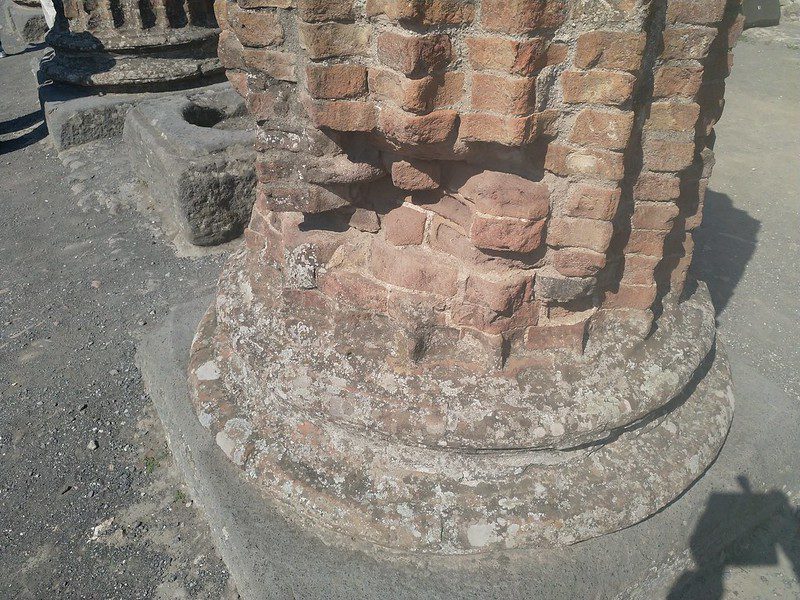
Significance To Human History
Pompeii’s timeless remains have been a major source of insight into the significance of human history. Excavations in and around Pompeii have yielded various archeological discoveries that speak to its cultural impact on the Roman Empire and the broader Mediterranean region.
| Pompeii Significance | Human History Implications | Cultural Impact | |
|---|---|---|---|
| 1 | Ancient City | Urban Development | Art/Architecture |
| 2 | Trade Center | Economic Structure | Religion |
| 3 | Major Population | Social Interactions | Language/Writing |
| 4 | Ruins | Historical Preservation | Education System |
The ruins of Pompeii provide evidence of how cities operated during the height of the Roman Empire, with key insights into urban development and economic structure. From art and architecture to religion, language, and writing, there is much to be learned about the culture at large from these ancient walls.
Moreover, as we uncover more details about everyday life in Pompeii before its destruction – such as social interactions, education system, etc.- it not only presents us with a better understanding of its own society but also has implications for our current societies today.
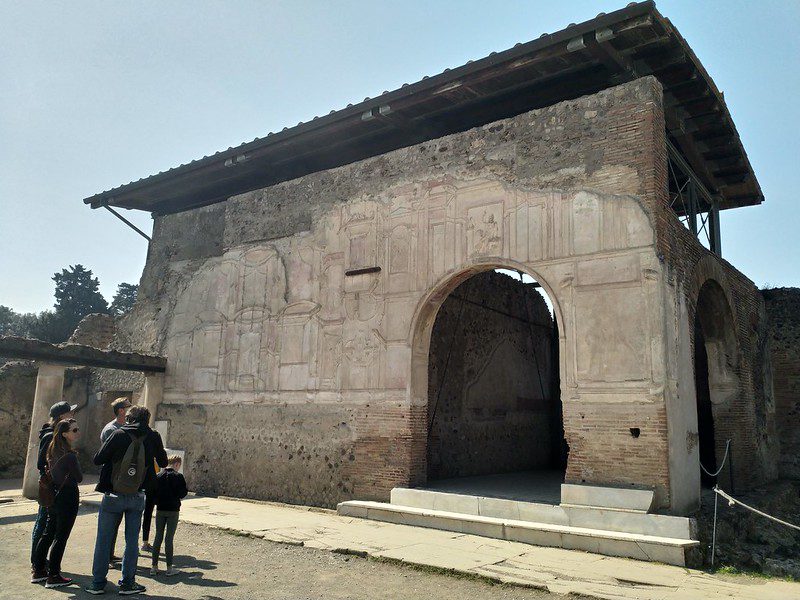
Frequently Asked Questions
What Is The Best Time Of Year To Visit The Ruins Of Pompeii?
Exploring the ruins of Pompeii is an adventure that takes one back in time. Visiting this ancient city, with its fascinating stories and secrets to uncover, can be a truly mesmerizing experience. But when deciding the best time of year to visit these captivating ruins, there are many factors to consider.
To ensure you have the most enjoyable experience while visiting Pompeii’s ruins, here are four points to keep in mind:
- Weather – The climate in Pompeii is typically mild throughout the year, but temperatures tend to get quite hot during the summer months (June-August).
- Tourist Crowds – Since Pompeii is popular among tourists all over the world, it’s important to plan your trip ahead of time if you want fewer crowds. April-May or September-October may be better times for those looking for less company at the site.
- Cost Savings – You may find lower prices for airfare and accommodation during winter months, and having more money saved up could mean extra activities around the area!
- Events – Many events, such as art festivals, occur around springtime, making March through May a great opportunity for travelers who would like cultural immersion along their journey.
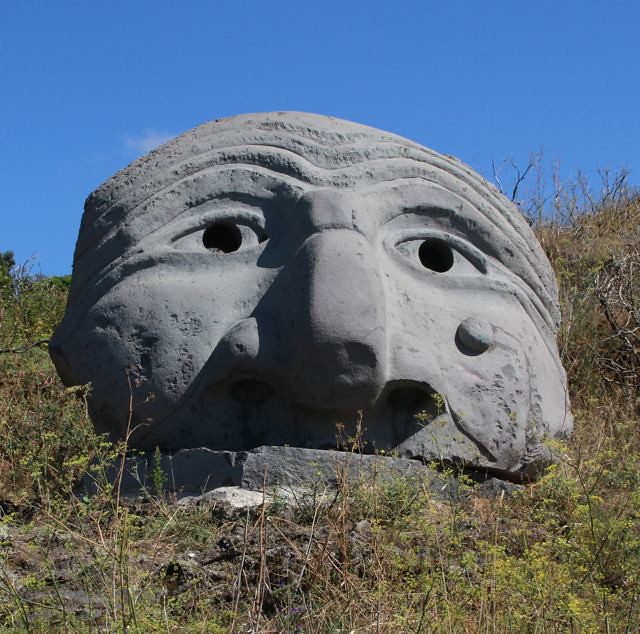
For anyone seeking a memorable excursion into history without compromising comfort and convenience, planning a trip between November to February might be what they need; weather conditions remain pleasant while tourist numbers are generally low enough not to disturb your exploration of the remarkable remains of this once prosperous Roman town.
Are There Any Current Efforts To Rebuild The City Of Pompeii?
The current efforts to rebuild the city of Pompeii have been extensive. As one of the world’s most iconic archaeological sites, many are hoping that it can be restored to its former glory. In recent years, a variety of initiatives have been taken toward restoring Pompeii and reviving it for future generations.
In particular, there has been increased investment in preserving and reconstructing ancient ruins and other historical monuments throughout the site. This includes funding from UNESCO and various private donors, helping to facilitate restoration projects such as rebuilding walls, repairing frescoes, and, more recently, excavating new areas of the former Roman city.
These projects are important not only for their educational value but also because they represent an opportunity for people around the world to connect with this defining period in history. Investing in these restorations gives us insight into what life was like during those times that would otherwise remain unknown or forgotten. Moreover, by engaging citizens on a personal level, we create a greater appreciation for our shared cultural heritage – something that should never be underestimated or neglected.
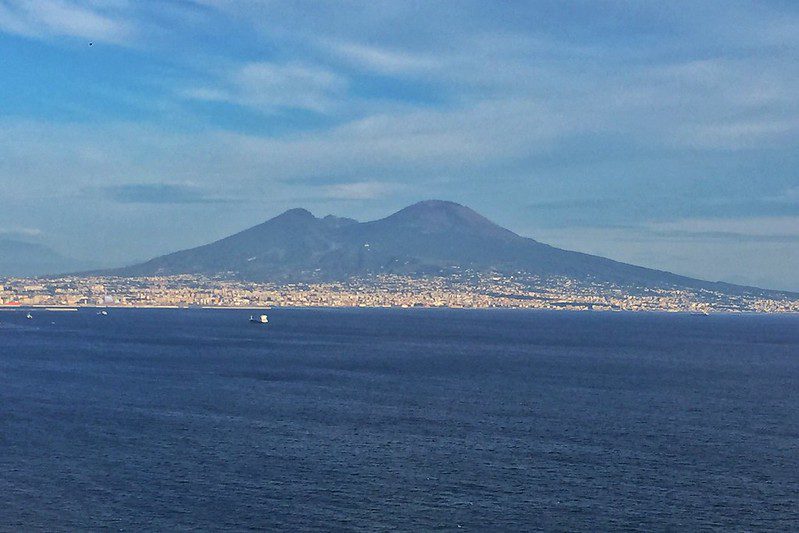
How Much Of Pompeii’s Original Art And Artifacts Remain Intact?
Pompeii’s original art and artifacts remain an awe-inspiring reminder of the city’s history. When visiting its preserved ruins, it is hard to ignore the extent to which Pompeii’s artwork remains intact:
- Vivid frescoes line walls;
- Glittering mosaics portraying gods and goddesses;
- Marble statues depicting life in antiquity.
The preservation of these priceless pieces of art and culture is a testament to their craftsmanship over 2000 years ago. As such, archaeologists continue to prioritize artifact preservation at Pompeii so that future generations might gain insight into this lost civilization.
This passion for uncovering Pompeii’s secrets has yielded some remarkable finds – from jewelry to tools – which were hidden beneath ash for centuries until being uncovered today. These discoveries give us further evidence of the vibrant society that once flourished here before its tragic end following the eruption of Mount Vesuvius in AD 79.
These ancient wonders found within these ruins provide a powerful link between our modern world and the long-lost people who lived there two millennia ago – reminding us that although times have changed, certain aspects of humanity are timeless.
What Is The Most Significant Discovery Made At Pompeii?
When discussing the most significant discovery made at Pompeii, it is essential to consider the ruins of this ancient Roman city. As one of the world’s most iconic archaeological sites, many fascinating artifacts have been uncovered from its depths over time. From frescoes and mosaics to jewelry and everyday objects, these finds offer a wealth of insight into the lives of those who lived there thousands of years ago.
In terms of historical significance, few discoveries can rival that of an intact human skull found in 2018. This was only the second such find since the eruption of Mount Vesuvius in 79 AD buried Pompeii in ash. The skull belonged to a young man aged between 18-23 and revealed traces of his last meal: fish sauce and wheat grains. Such insights are invaluable for historians attempting to piece together what life may have looked like during this period in history.
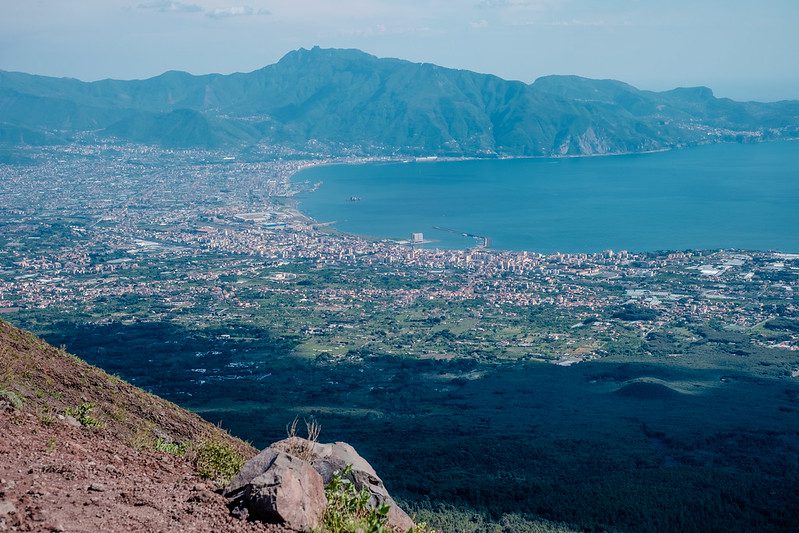
The discovery also highlights how much work remains to be done in uncovering Pompeii’s past. It underlines the importance of preserving ancient artifacts as they are unearthed, which will help unlock more secrets about this remarkable site for future generations.
What Are The Most Popular Educational Resources Used To Teach About Pompeii’s History?
Recently, the most popular educational resources used to teach about Pompeii’s history have been a topic of much interest. Many are eager to uncover what methods educators are using when teaching students about this ancient city and its tumultuous past. As an experienced historian who has studied Pompeii extensively, I can attest that there is no shortage of incredible learning materials for exploring this fascinating period.
From detailed books with vivid illustrations to interactive websites packed with information, it’s never been easier to explore the ruins and learn about the people who once lived here. Furthermore, teachers can find unique activities and projects allowing their students to get hands-on experience studying this remarkable place. It’s easy to see why these educational resources are so popular among those looking for an engaging way to educate themselves or others on the history of Pompeii.
In terms of truly understanding how life was two thousand years ago, few places offer such insight as one finds at Pompeii. From amazing archaeological discoveries still being made today to virtual tours revealing more than ever, we now have access to knowledge like never before when it comes to an understanding of this ancient Roman city and its culture prior to tragedy striking.
Conclusion
The ruins of Pompeii stand as a timeless reminder of our past. Despite the fact that two thousand years have passed since it was destroyed by volcanic ash and pumice, its remains still tell us so much about this ancient city. Its art, artifacts, and structures give us an incredible insight into what life must have been like in those days.
Visiting the ruins is always a unique experience – no matter where you go, there’s something to be learned from Pompeii’s history. Year-round, educational resources such as guided tours and books are available to help visitors understand more about why Pompeii endured for centuries until its tragic end.
As time passes on and new discoveries are made at the site, we can continue to look back in awe at all that has been preserved through millennia of destruction – like a phoenix rising from the ashes! It’s undeniably remarkable how much of this ancient civilization remains intact today – providing future generations with endless opportunities to uncover secrets buried beneath the surface. Truly, every visit to these enduring ruins is like taking a step back into history itself!









































